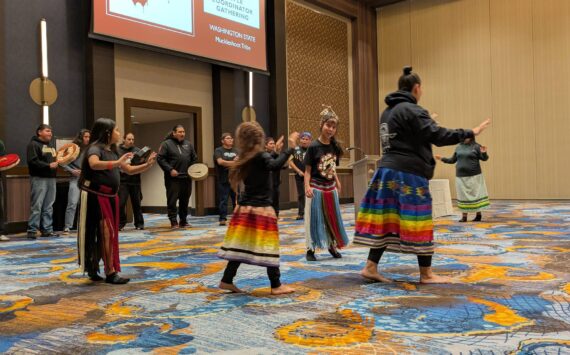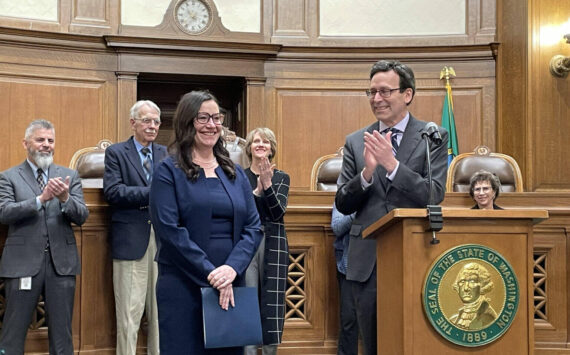Tacoma Power is one of seven utilities nationwide honored for its stewardship of rivers that provide hydroelectric power, as well as healthy wildlife and fish habitat and recreation. This is the fourth year in a row that the National Hydropower Association has recognized Tacoma Power for its work on the Nisqually River, where the utility operates Alder and LaGrande dams.
Tacoma Power was specifically recognized for building 100 acres of elk forage fields on its upper Nisqually River Project wildlife lands. The forage fields were constructed to help offset reduced elk forage that is anticipated on nearby national forest lands, which are experiencing an increase in mature forest and a decrease in forage available for elk during critical winter months.
Theres a relatively small amount of land where we can provide additional elk forage, said Bret Forrester, a Tacoma Power wildlife biologist who coordinated the project. Tacoma Powers forage fields needed to provide high-quality forage in a remote setting where a high-intensity maintenance program is not practical. Because the Nisqually River wildlife lands are managed for a variety of wildlife, not just big game species, the forage fields must also retain high-quality habitat for non-game species.
Tacoma Power integrated the fields with existing natural features to maximize elk forage potential without significantly affecting habitat for other native species. The utility created a mosaic of forage fields while preserving high-quality habitat areas. The design increases use of field edges and provides visual screening.
After the fields were prepared, they were seeded with grasses and herbs such as orchardgrass, blue wildrye, red top bentgrass and clover, which provide high-value winter elk forage. To apply the seed and assure a high yield of forage, Tacoma Power worked with the City of Tacomas wastewater treatment plant to spray the seed mix through a recycled biosolid slurry onto the fields. This proved an efficient and effective means of seeding and forage production.
In addition to the seed mix of native and non-invasive species, Tacoma Power planted 200 fruit-bearing trees and shrubs around the forage fields to further increase habitat diversity and improve conditions for non-game species.
We also created forage fields not treated with biosolids to evaluate the effectiveness of the biosolids, Forrester said. Preliminary results indicate that forage species production is greater, and that bracken fern, which is a low-value forage plant, is less prevalent on the fields that were treated with biosolids.
More information about the National Hydropower Associations stewardship awards is available at http://www.outstandingrivers.org .




